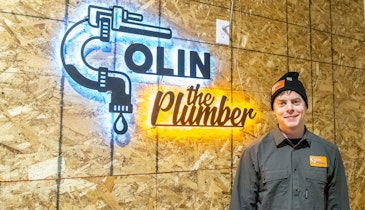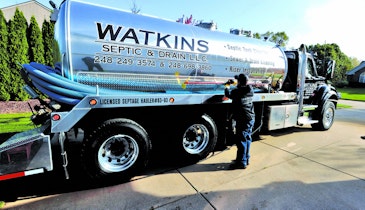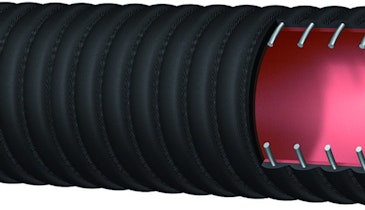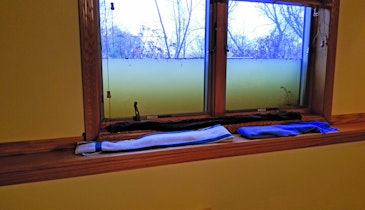Pumper: So how do people go about figuring out a proper price?
Sjofors: The first thing people need to do is figure out their costs, and not just the obvious ones like your truck payment, fuel, insurance and the like. We see a lot of small companies that don’t calculate their costs at all, and just wait until the end of the year to see if they made a profit or not.
The challenge is to accurately account for the cost of your services—the staff you need, amortization of equipment, the time it takes for someone to clean a grease trap versus the time it takes to pump a septic tank, and so on. You also have to account for your normal corporate overhead.
When we talk with clients, we look at what we call the contributing margin, which is the cost of service minus the variable costs. This helps us determine which services are most profitable. Basically, you remove any fixed costs—rent, utilities and so forth—from the equation. Instead, you focus on how you allocate equipment and time and any other variable costs of providing your services. This will help you determine which services are more profitable. For instance, maybe you’ll find that pumping grease traps is more profitable than septic tanks.
Coming Monday:
What else can pumpers do to determine prices?





